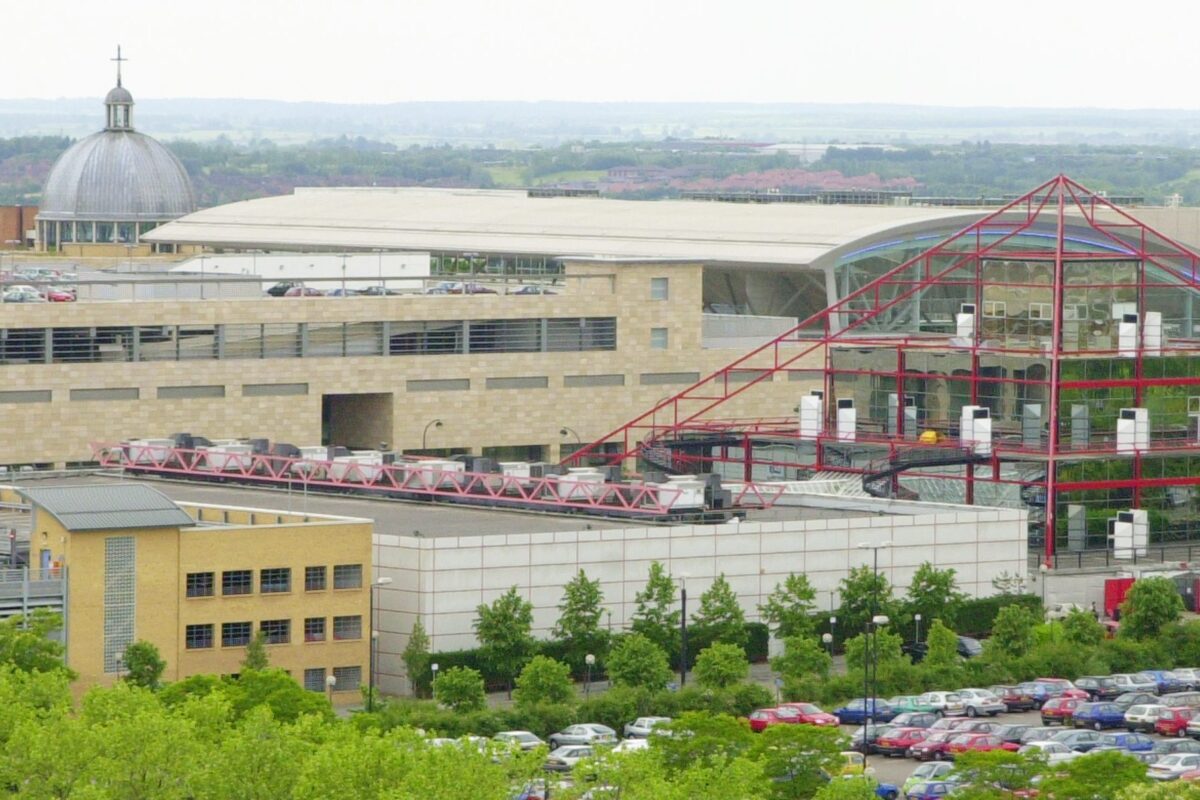

Milton Keynes City Council have said that they are set to appoint a heat supplier for a major project setting up a zero carbon heat network.
Earlier this year, the city council secured £4.35m from the Government’s Public Sector Decarbonisation Scheme to prepare three buildings to be connected to a heat network. All three buildings are significant energy users.
The project is part of the city council’s ambition to become net zero in the next five years.
The sites that form part of the network include the swimming pool at Woughton Leisure Centre, Milton Keynes Central Library or at a central Civic building, with the City Council intending for these to be powered by clean and sustainable energy.
Heat networks capture and share local heat that would otherwise go to waste, such as data servers or waste processing facilities. For instance, at Milton Keynes Waste Recovery Park, 133,000 tonnes of non-recyclable waste are processed every year, creating electricity for the city’s fleet of electric bin lorries and also generating heat.
MK City Council have said they are exploring the opportunity of transferring it into nearby buildings, cutting bills and emissions.
In the UK, heating buildings is one of the biggest sources of greenhouse gases, and the Government aims for 17% of UK heat to come from local heat networks by 2030. In Milton Keynes, the first phase of the network will supply the Civic building, Central Library and Woughton Leisure Centre offering clean, reliable and affordable alternatives to gas heating.
It will also pave the way for a larger carbon heating system across the city which would heat homes and businesses. This kind of network will protect the city from volatile hikes in gas prices, providing Milton Keynes with greater ‘energy security’.
Plans to approve a heat supplier are to be brought to a council meeting next week.
Cabinet Member for Planning and Placemaking, Cllr Shanika Mahendran, said, “Milton Keynes has always been an innovative place and we’re proud to be leading the way on tackling climate issues in new and creative ways. By connecting our buildings to a low-carbon heat network, we’re not only making our buildings greener, but are setting down a marker for a more sustainable future for everyone in our city.”


 Read more on CItiblog at
Read more on CItiblog at  MK Dons concede late equaliser in draw at Chesterfield
MK Dons concede late equaliser in draw at Chesterfield
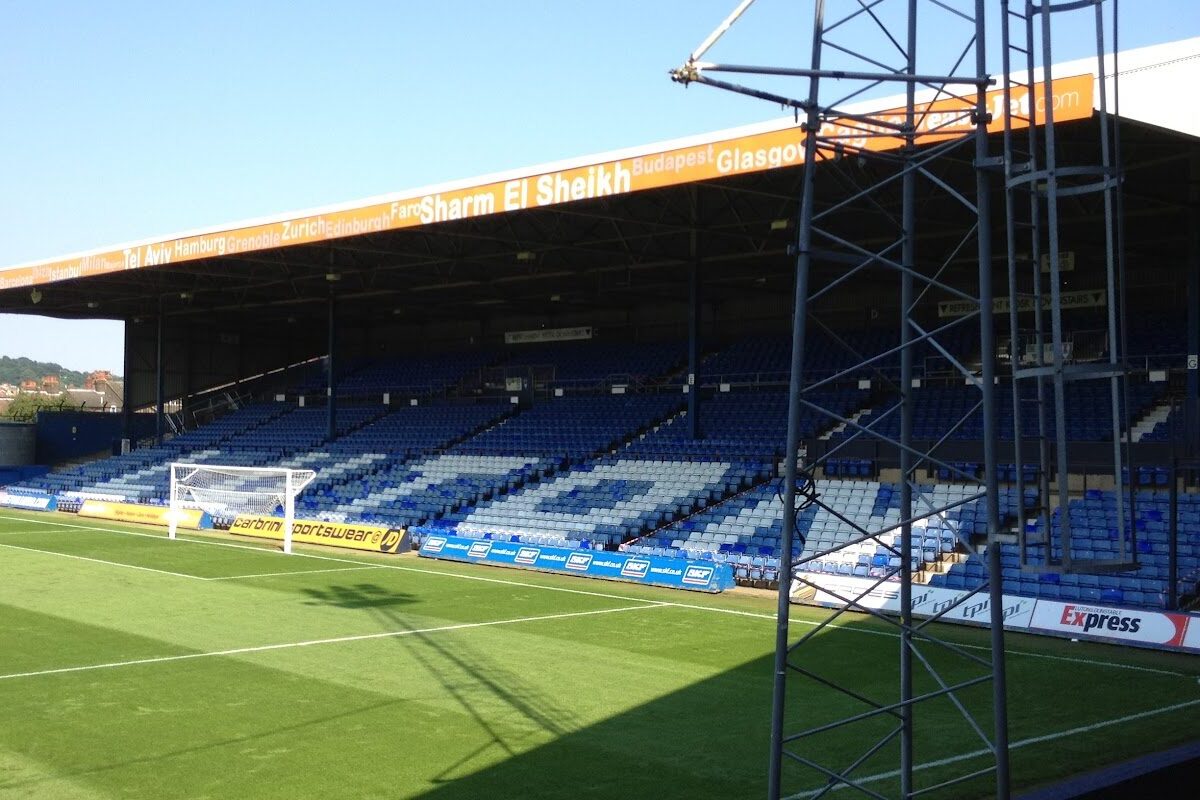 Luton slide to defeat at home to 10-man Plymouth Argyle
Luton slide to defeat at home to 10-man Plymouth Argyle
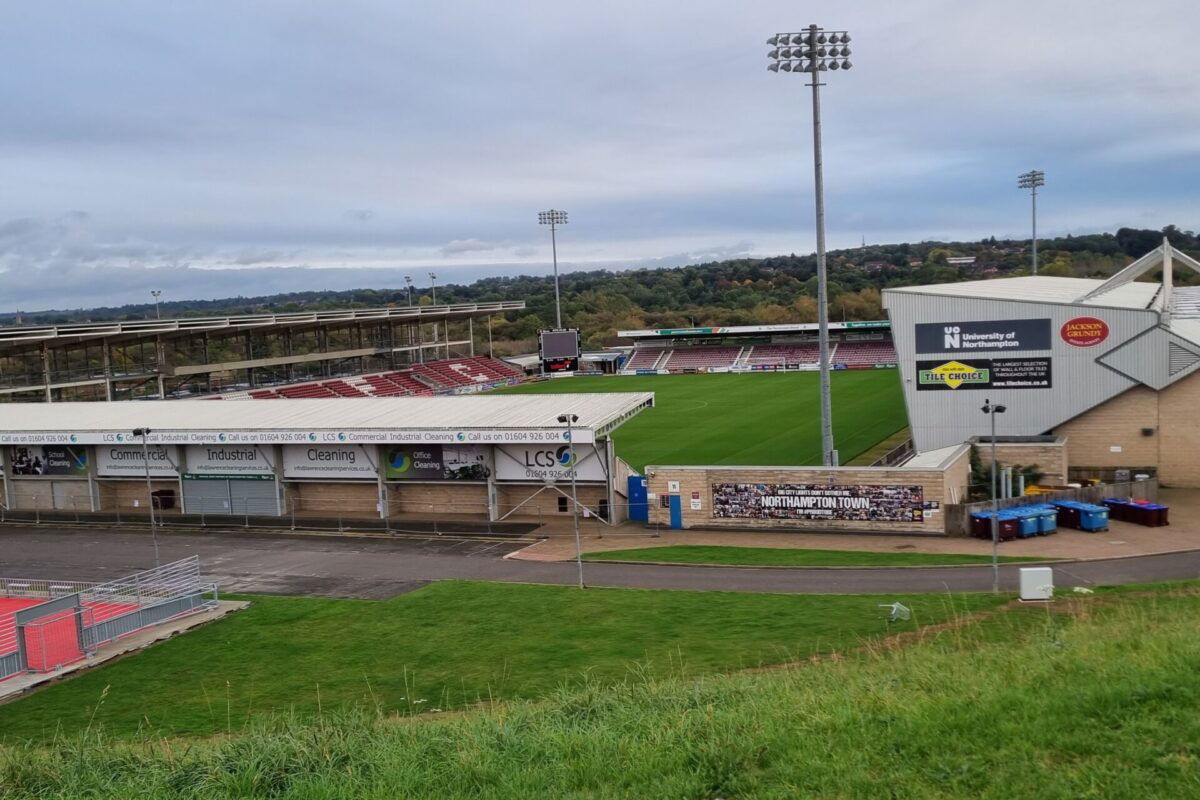 Late goal sees Northampton beat Blackpool at Sixfields
Late goal sees Northampton beat Blackpool at Sixfields
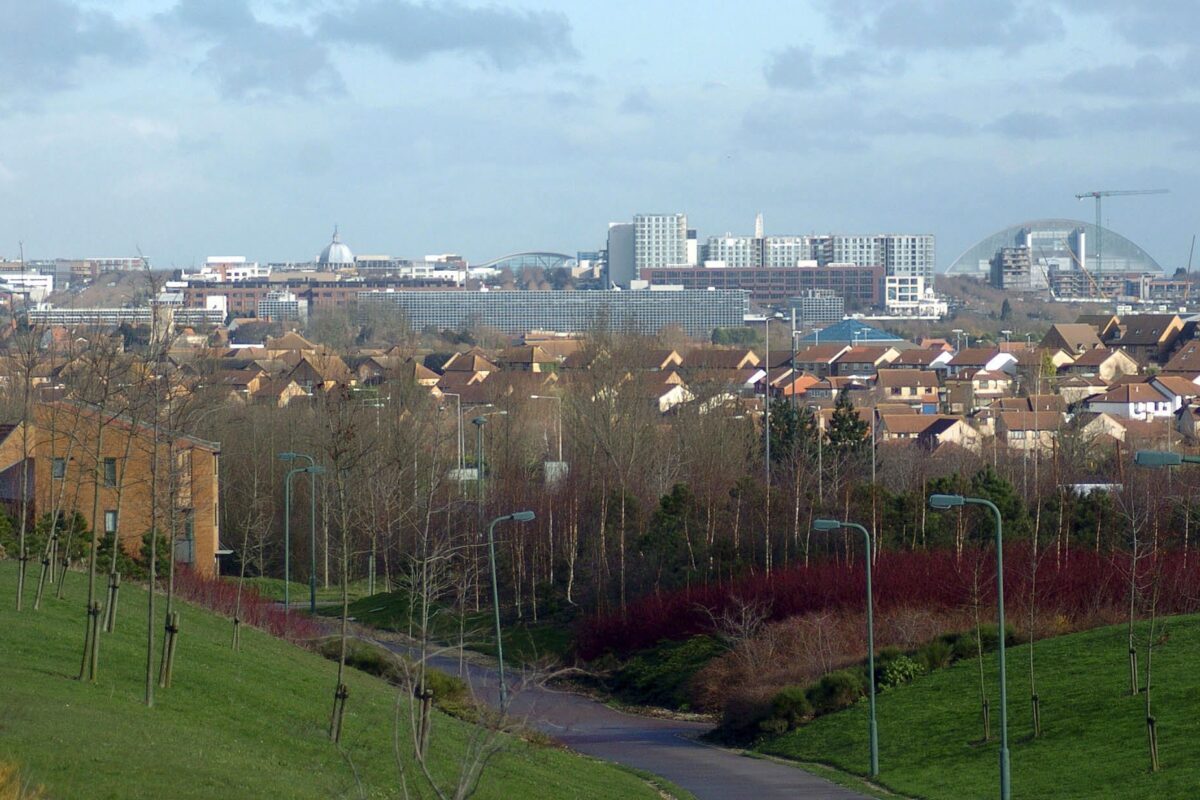 Met Office issue yellow warning for strong wind in area around Milton Keynes
Met Office issue yellow warning for strong wind in area around Milton Keynes
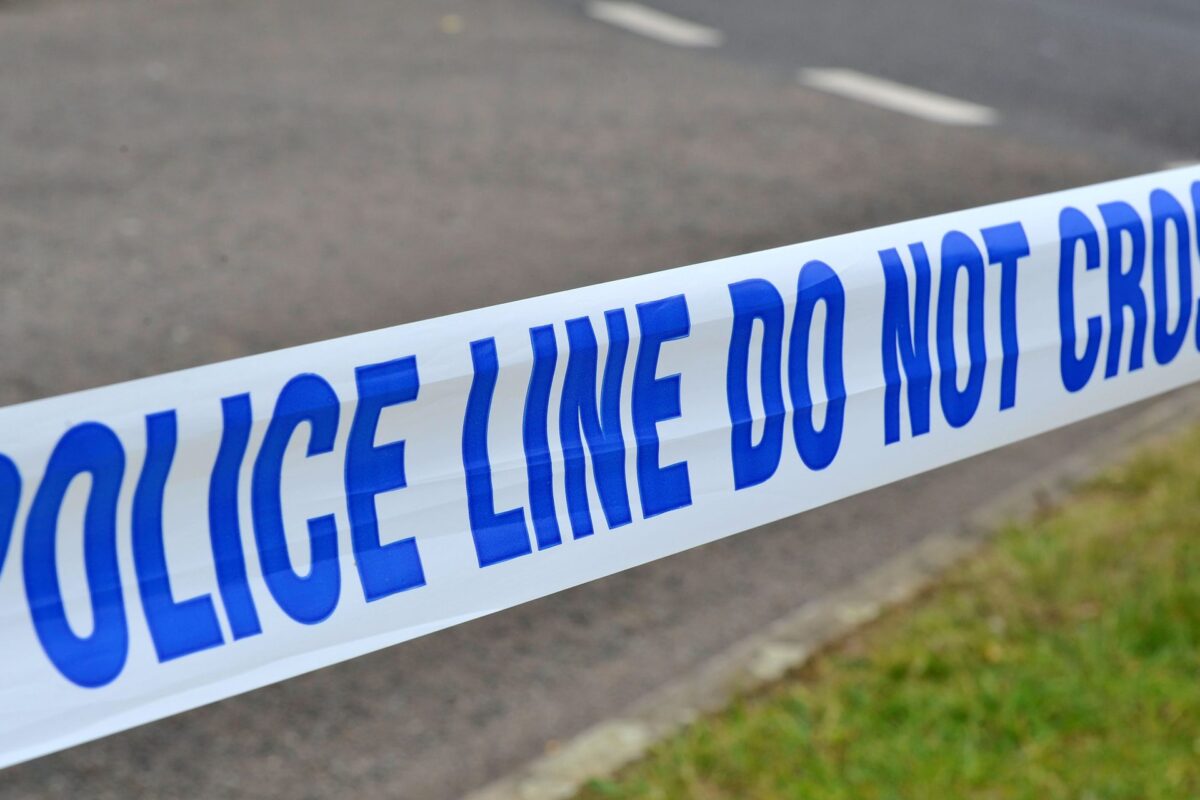 Police appeal after reported rape in Milton Keynes
Police appeal after reported rape in Milton Keynes
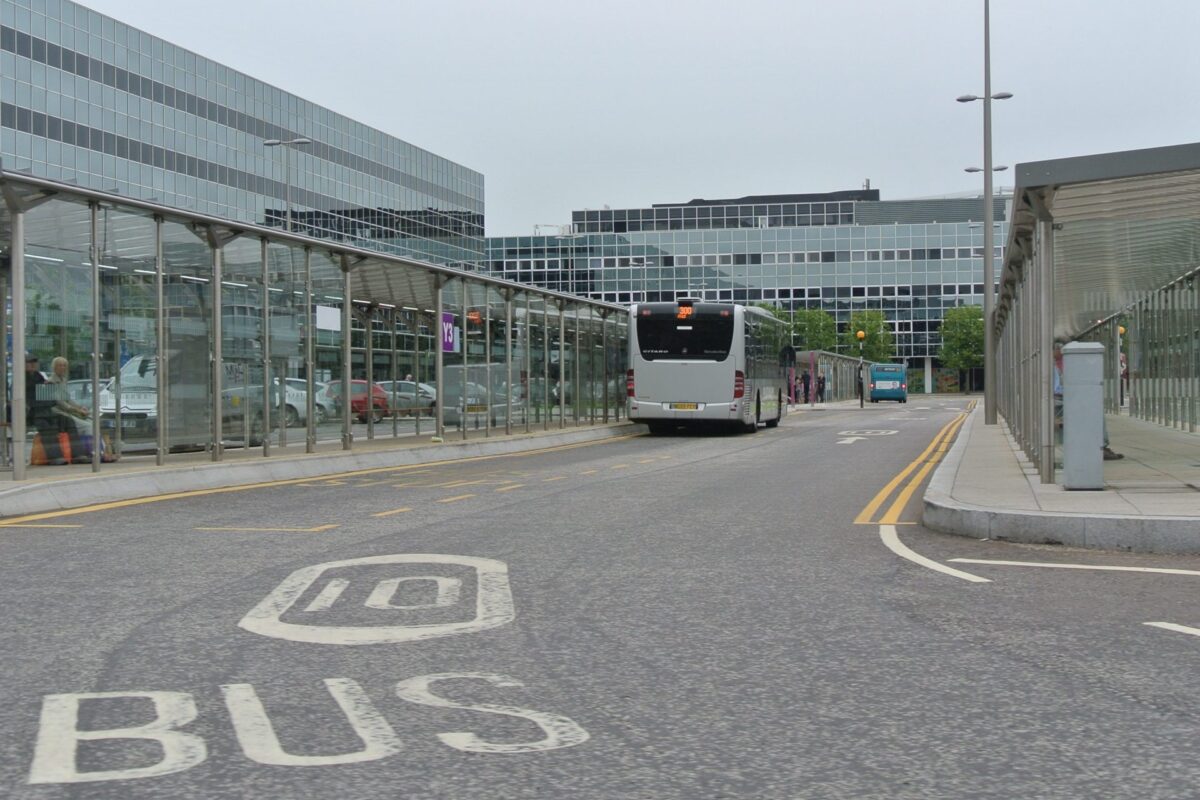 Unite union announce bus worker strikes in Milton Keynes and Luton affecting Arriva services
Unite union announce bus worker strikes in Milton Keynes and Luton affecting Arriva services
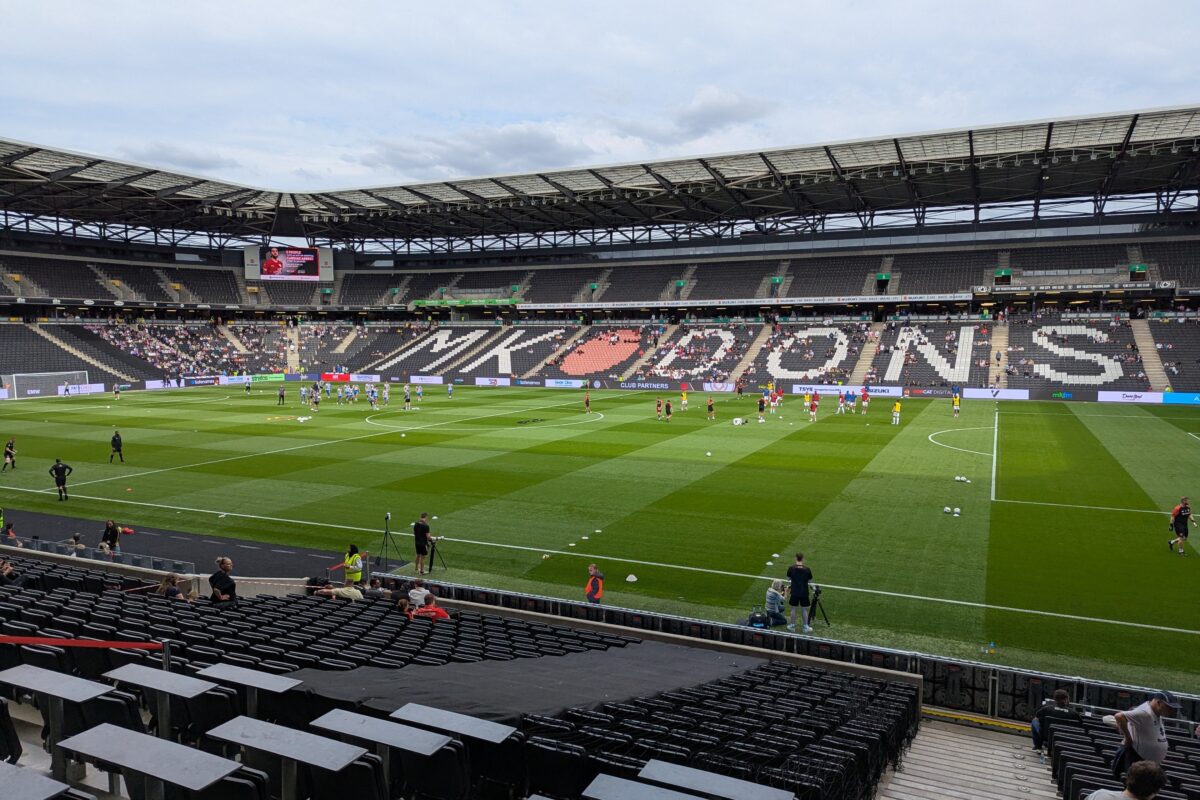 MK Dons boss Paul Warne laments poor first half in Grimsby reverse
MK Dons boss Paul Warne laments poor first half in Grimsby reverse